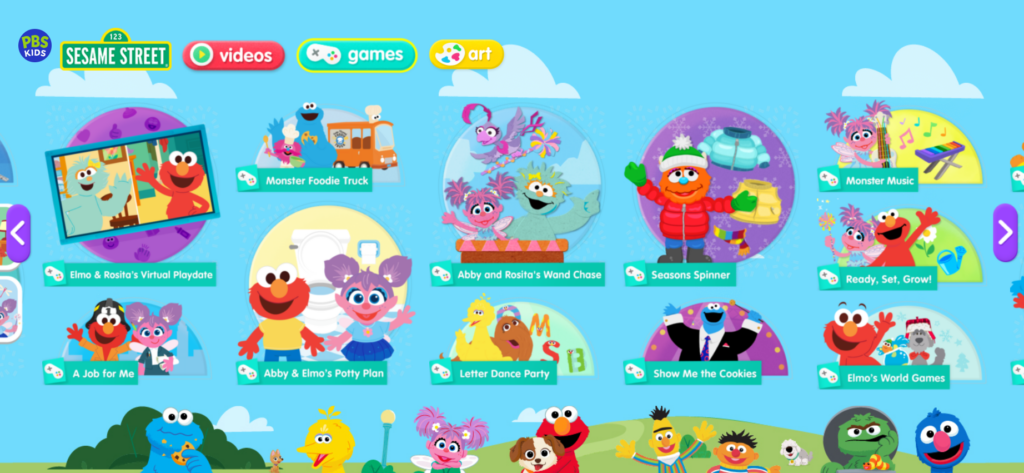In this weeks class, we discussed the use of games to promote learning in the classroom. Games are a fantastic resource for teachers as they can teach the students some great topics, all while the students have fun doing so. Games are typically engaging and addicting, so getting the students hooked on some educational content can be beneficial for both you and the students. Interland, created by Google, is a great tool for educating students about the internet and discusses topics like internet safety, and promoting positivity online. These topics can generally be viewed as boring for some students, but suddenly become interesting when designed as a game like Interland.

I think games are also a fantastic tool to promote some topics that students struggle, or are less interested in. Math is a challenging topic for many students, and there are a wide variety of math games to help promote problem solving and computational thinking for students. Pbskids.org is a great website that promotes many educational subjects and uses recognizable characters that students are already familiar with. Students can add and subtract apples with Curious George, or look at a jobs in their community with Elmo and friends.

Some pros of students playing games is that they’re activity engaged in topics and having fun while doing so. Creating games like escape rooms, and programming games using code is a great way for students to be introduced into many topics like computer programming and various scientific fields. A downside of online games versus something like an outdoor game is that students aren’t as physically active. Students still use the same problem solving and creative thinking skills, but being active beyond the screen is important for the physical and mental health of students.
